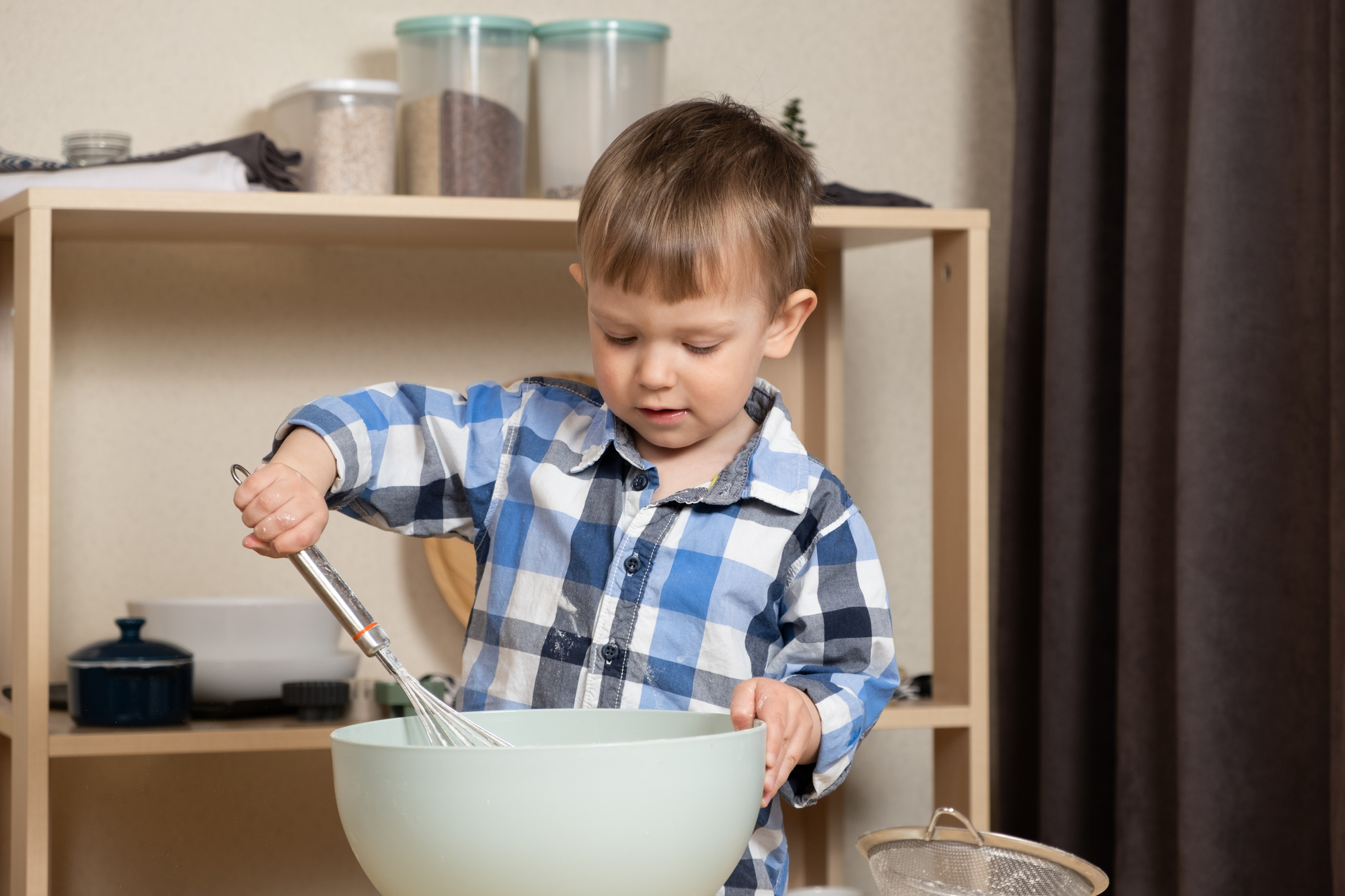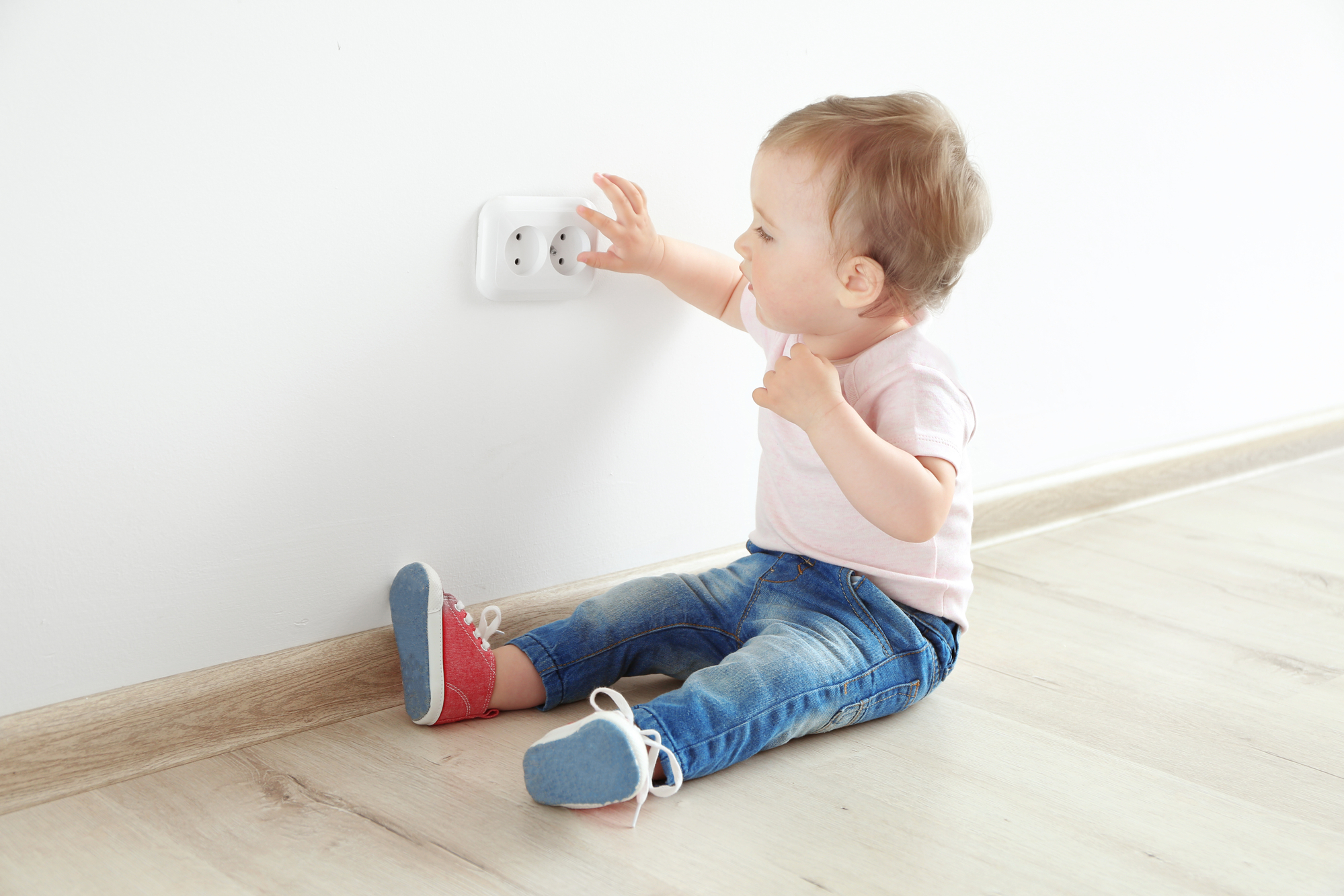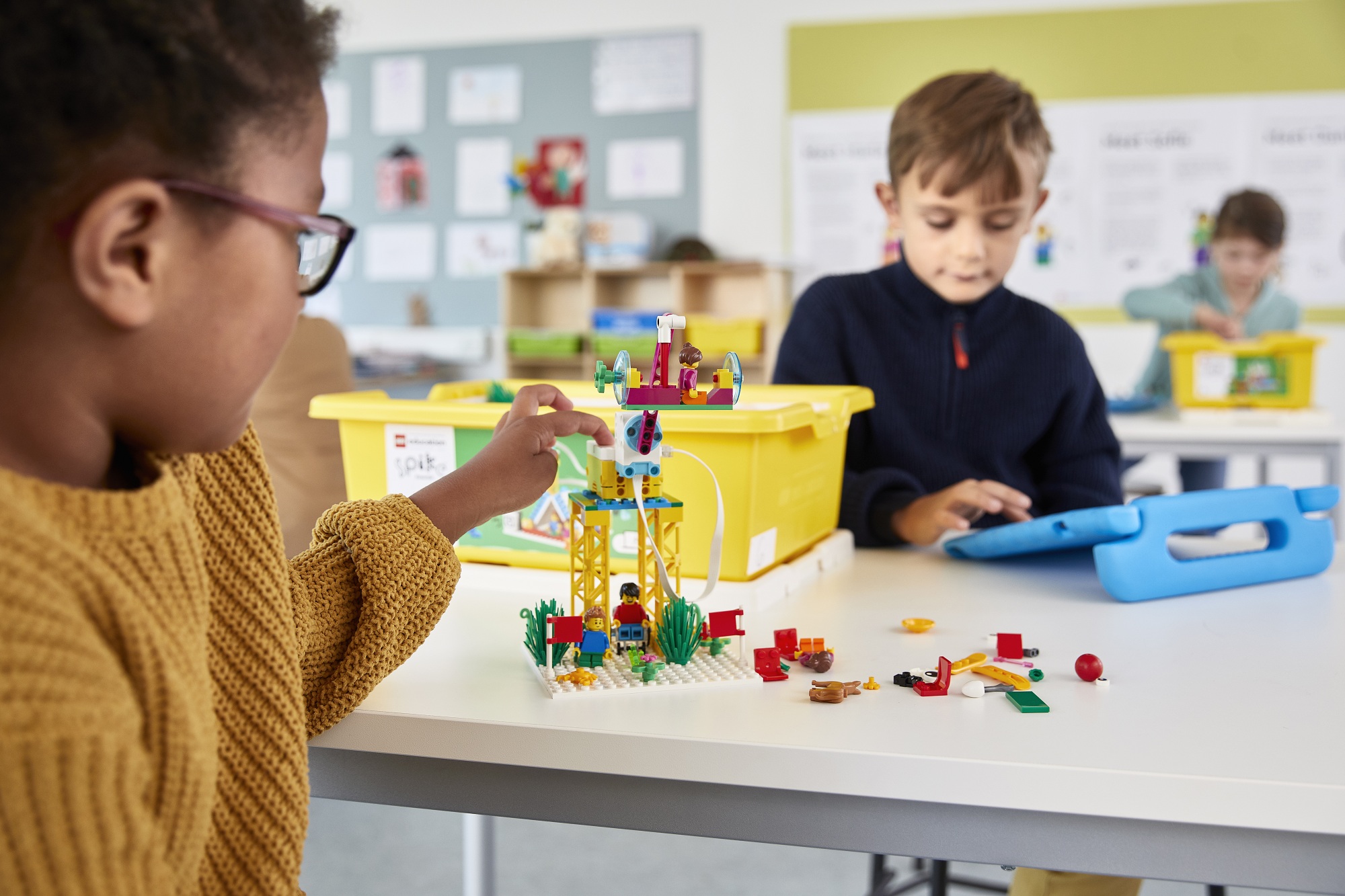As a children’s safety expert and a mother of a 15-month-old, I know first-hand how important it is to create a safe environment for our little ones, especially in the kitchen. This bustling hub of the home can be a treasure trove of hazards for curious young minds and wandering little hands. In this blog post, I’ll share essential tips to ensure your kitchen is a safe space for your children. Let’s start with some crucial areas of focus:
Stove Safety with Children
The stove is one of the most dangerous areas in the kitchen for children. To keep your kids safe, consider these tips:
- Use Back Burners: Whenever possible, cook on the back burners of your stove. This reduces the risk of children reaching up and accidentally touching hot pots and
- Turn Pot Handles Inward: Always turn pot handles toward the back of the stove. This prevents little hands from grabbing them and potentially causing burns or spills.
- Install Stove Guards: Stove guards can be a great They create a barrier between the front of the stove and your child, making it harder for them to reach burners or hot surfaces.
- Supervision is Key: Never leave the stove unattended while If you must step away, even for a moment, take your child with you or place them in a safe area away from the kitchen.
- Teach Safety Early: As your children grow, begin teaching them about the dangers of the stove and why it’s important to stay away.
Cupboard Safety
Children are naturally curious and love to explore, which makes kitchen cupboards particularly intriguing. Here’s how to keep them safe:
- Use Childproof Locks: Install childproof locks or latches on all lower cupboards, especially those that contain dangerous items like knives, heavy pots, or
- Store Hazardous Items Up High: Whenever possible, store dangerous items in upper cupboards or out of This includes sharp objects, small appliances, and anything heavy that could fall and cause injury.
- Designate a Safe Cupboard: Consider designating one lower cupboard as a “safe cupboard” for your Fill it with plastic containers, wooden spoons, and other non- hazardous items they can play with safely. This can satisfy their curiosity without exposing them to danger.
Chemicals and Poisons
One of the most critical aspects of kitchen safety is ensuring that chemicals and poisons are securely stored. Here’s how:
- Lock Up Cleaning Supplies: Store all cleaning supplies, including dish soap, in a locked cupboard. Even products that seem harmless can be dangerous if ingested or splashed in the eyes.
- Use Safety Caps: Make sure all containers have child-resistant caps, and check that they are secured properly after each use.
- Label Clearly: Clearly label all containers with their contents and hazard If you use any homemade cleaning solutions, ensure they are stored in containers that are distinctly different from food containers to avoid any mix-ups.
- Education and Vigilance: As your children get older, educate them about the dangers of chemicals and why they should never touch or taste anything without asking an adult
What Should You Do If You Think Your Child Has Been Poisoned or Burnt?
If you suspect your child has been poisoned or burnt, it’s crucial to act quickly and calmly.
For poisoning, if your child is not breathing or collapsed immediately call 000. If your child has recently been affected and is still breathing call the Poisons Information Centre on 13 11 26 who are available 24/7. Do not induce vomiting unless instructed and have details about the substance, amount ingested, and your child’s age and weight.
For burns, the approach remains consistent for all burn injuries.
Promptly, rinse the burn under room temperature running water for precisely 20 minutes. Remove any clothing or accessories not adhering to the burn, being careful not to exacerbate skin damage. It’s crucial to maintain your child’s warmth while directing the running water solely at the burn.
Immediate medical assistance is imperative if the burn is deep, regardless of whether your child feels pain, the burn exceeds 3 cm or forms blisters, the burn affects the face, hands, or genitals, the burn affects the throat or airway and uncertainty or concern regarding the injury arises.
Avoid using ice to cool the burn, as it may exacerbate the injury. Refrain from applying lotions, creams, or food substances (such as egg whites, butter, toothpaste, or potato). Room temperature running water remains the optimal choice.
In case of severe burn injury, promptly dial 000 for an ambulance.
By Hayley North, Founder of Synergy Education and Itty Bitty First Aid
Hayley North is a successful Australian educator and Founder of two educational organisations in Australia, Synergy Education and Itty Bitty First Aid respectively. After 12 years of experience training early learning centres to equip more than 40,000 educators per year with life- saving skills, she believes in the importance of training parents to continue learning at home.
Website: www.ittybittyfirstaid.com.au
Facebook: www.facebook.com/IttyBittyFA
Instagram: www.instagram.com/ittybittyfirstaid/









